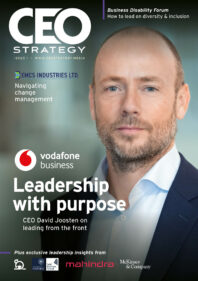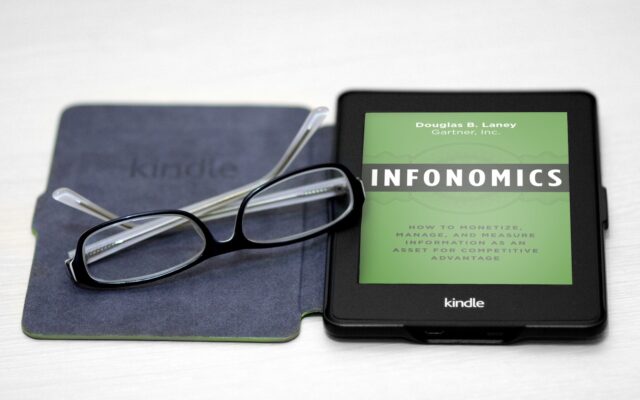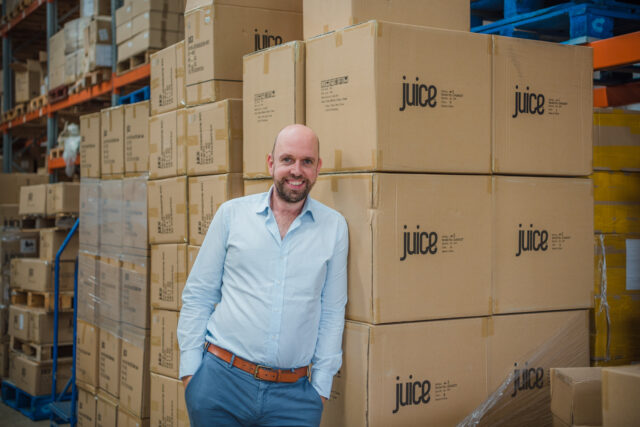Disability is still often parked in the “too difficult” box when it comes to Diversity, Equity and Inclusion. Employers are often afraid of doing or saying the wrong thing and as a result, do or say nothing.

As a CEO, the stakes feel (and often are) higher. That high profile platform can feel daunting at the best of times; when tackling an unfamiliar topic, it can feel positively overwhelming.
Talking about Disability
What we do and say as senior leaders has a huge impact. Indeed, it is critical in driving change. In 2020, we published our global research report, ‘Towards a Disability-Smart world: Global disability inclusion strategy’ . Conducted with our Partner, Shell, the research found that 91 per cent of respondents across multi-national businesses agreed that identifying a senior global disability champion is essential. Talking about disability and diversity – normalising the conversation so it becomes business as usual, has a massive role to play in creating a culture of “psychological safety” in organisations; one in which employees feel safe to share a difference and to ask for the support they need.
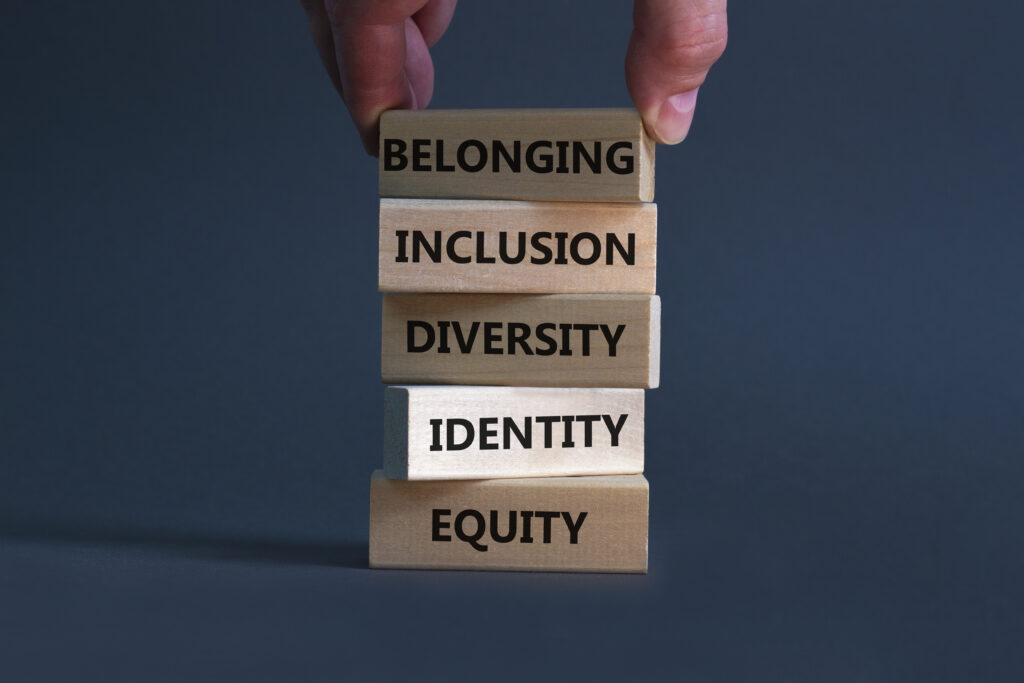
As senior leaders, it is easy to forget our privilege and that the environment we inhabit, and how we think the culture feels, may look very different to others. I often quote a research study by our partner Accenture which showed a marked gap (of around 20% across the board) between senior executives’ perception of how “safe” their employees would feel to raise a sensitive topic (including talking about a disability) and how safe they actually felt.
Changing the narrative
So, what can CEOs do to change the narrative? At Business Disability Forum (BDF), we see time and time again that CEOs or senior leaders who have a personal knowledge of and interest in disability issues – perhaps because of their own experience or that of a close family member – are champions in driving change. Senior leaders are less likely to publicly identify as being disabled – the Valuable 500 campaign often quotes the stat that 1 in 7 C suite leaders have a disability, but 4 out of 5 are hiding it. Yet if you as a senior leader are willing to talk about a disability or long-term condition it is hugely powerful in enabling others to do the same.
Storytelling and sharing personal stories can have a huge impact – for good or for bad! The good: A high profile CEO we work with talks openly about his disabled adult children and the moral imperative that he believes that large businesses have in breaking down barriers and opening up opportunities to people who face greater barriers to employment. The bad: I vividly recall being in a meeting with an organisation (not a BDF member!) to plan a possible disability awareness campaign. At the end of the meeting, the CEO then told an anecdote about having had an operation in the past year and being back at work the next day – unlike one of their counterparts who had taken two weeks off to recover. What message does that send? I’ll warrant that those who overheard that story were less likely, not more, to talk about a disability as a result.
Being a disability ally
But you don’t need to have your own lived experience to be an ally. For many businesses, the pandemic brought many senior leaders “up close and personal” with their disabled employees for the first time. In a survey we carried out to find how out how BDF Members and Partners were responding to Covid19, we found that in 83 per cent of organisations the general response to Covid-19 – including arranging internal communications, home working, and ensuring staff have the adjustments they need – was being led by the Chief Operating Officer or Chief Executive.
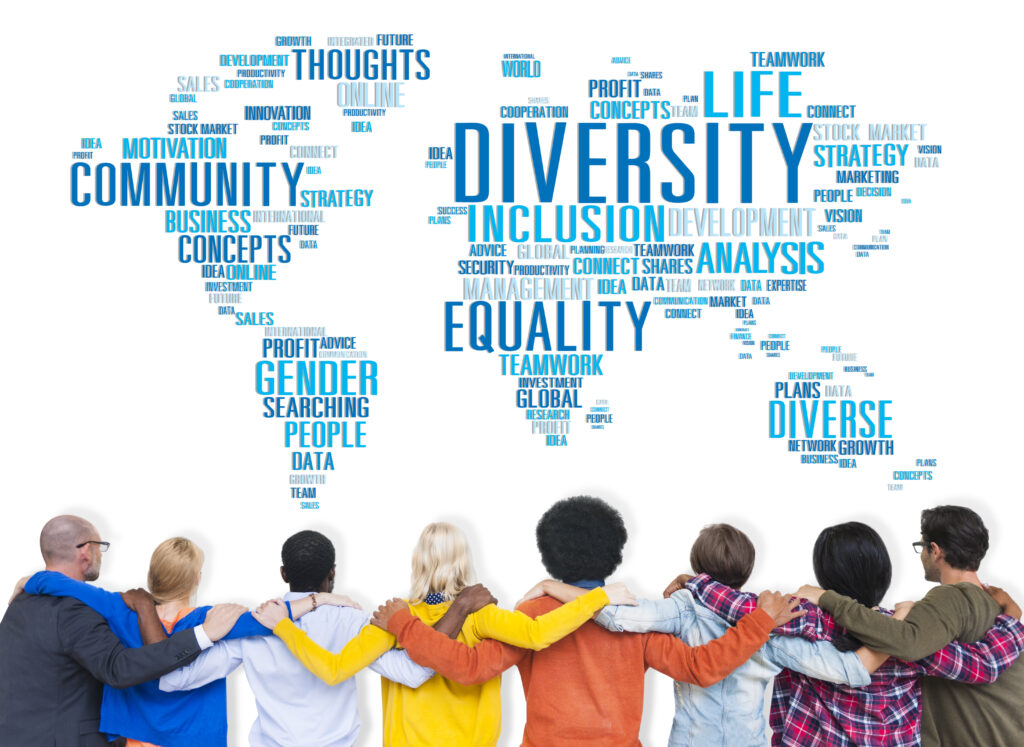
Whilst the figure for responsibility for ensuring staff with disabilities and long-term conditions specifically can move to home working was much lower – 31 per cent said this was the direct responsibility of the COO or CEO as compared to 69 per cent for HR – this is still encouraging in giving senior leaders much greater insight into the issues facing their disabled employees. Too often we “don’t know what we don’t know” – but once we do, we can call it out.
I was very heartened by a discussion with one of our members who was planning an office relocation in which the senior champion leading the project told me that he had vetoed one possible option because it had cobbled paving directly outside – inaccessible to wheelchair users and difficult for anyone with a mobility or visual impairment.
Role Modelling
Leadership is also critical in modelling adjustments and different ways of working. As a CEO, you probably have the freedom to quietly get on with making the adjustments you need, whether that is working from home one day a week (and it’s worth remembering that pre-COVID-19 home working was the most frequently requested workplace adjustment), different/flexible working times or buying some ergonomic equipment. You don’t need to go through a process or to ask HR – but if you share a different way of working with the wider team again it can be hugely powerful in making it ok for others to ask for the support they need. And again, people are often afraid to ask for even simple adjustments that could transform the quality of their working life.
Our Great Big Workplace Adjustments Survey 2019 found that 28 per cent of those with adjustments and 34 per cent of those without adjustments (but who would have benefited from them) said they did not make requests because they were worried their employer might treat them differently. Again, actions speak louder than words. If the boss doesn’t take a lunch break, the rest of their team is unlikely to.
I hope that one positive legacy of COVID-19 will be a kinder and more human style of leadership. During the pandemic, we were forced to be more human in the way we worked; viewed in our home setting without the “trappings of office” or our workplace “armour” in terms of a formal dress code. The intimacy of letting people into our homes (albeit via our video camera) was a powerful thing. The blurring of lines between work and home has its downsides but has positives too as we started to see the “whole people” in our teams; ironically, since the pandemic began, many of us have got to know our colleagues better than we did before.
Culture Change
Of course, culture needs to be backed up by practical action. Make sure you equip people managers throughout your business with the tools and knowledge they need to have a conversation about disability, to identify any barriers people may be facing and to know where and how to get practical support. Our free Disability Essentials resources is a good place to start.
As Peter Drucker famously said: “Culture eats strategy for breakfast.” Like it or not, what you do as a CEO not only matters but has a disproportionate impact. Why not use that for the good?
Read more insightful features like this in the latest issue of CEOstrategy
